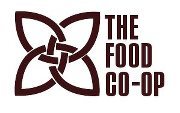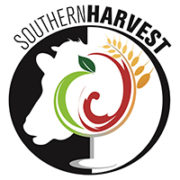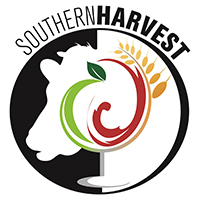Buying seasonal food makes sense for a lot of reasons. Eating with the natural seasonal cycle means your food is at its peak taste, offers good value for money, requires less resources to grow and, if purchased directly from your local farmer, or local businesses that support local farmers, doesn’t need to be transported far.
Eating with the seasons makes eating well easy, because foods that come into season at the same time has a natural synergy in terms of cooking styles and taste – like a garlic and basil pesto in summer, an apple and rhubarb crumble in autumn, a Jerusalem artichoke and celeriac soup in winter, an asparagus and pea risotto in spring.
IN SEASON IN JANUARY
Vegetables
beans, green (aka french beans, aka string beans)
cabbage, green
cabbage, red
capsicum
cucumbers
eggplant
leeks
lettuces
mushrooms, cultivated, shiitake
onions, salad
peas
peas (sugar snap)
potatoes
pumpkin
radishes
silverbeet
snowpeas
spinach
squash
tomatoes
turnips
witlof
zucchini
Herbs, spices and aromatics
basil
chervil
chillies
coriander
curly parsley
dill
flat leaf parsley
garlic, Italian Purple
ginger
majoram
mint
oregano
rocket
sage
spring onions (aka green onions, aka shallots – not eschallots)
tarragon
thyme
watercress
Fruits, berries and nuts
blackberries
blueberries
boysenberries
honeydew melon
loganberries
nectarines
oranges (Valencia)
raspberries
red, white & black currants
rhubarb
rockmelon
strawberries
watermelon
Head to your local farmers market this weekend, talk to the farmers who produce the food and find out what varieties they grow, what growing methods they use, and when the produce was harvested. Compare the quality and freshness of locally grown produce with what is available in the supermarket. 
Thank you to the The Food Co-op Shop for compiling a comprehensive list of seasonal fruit, vegetables and herbs.


Leave A Comment